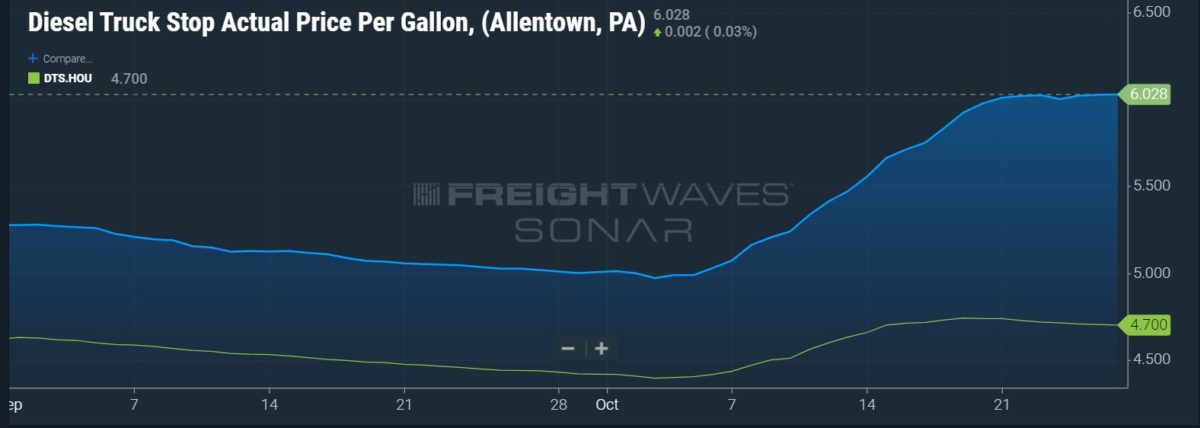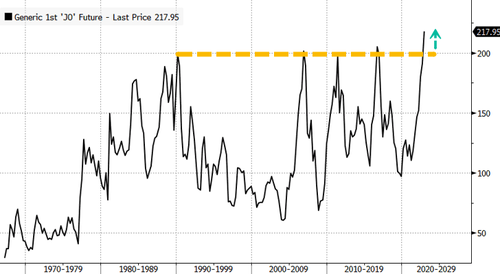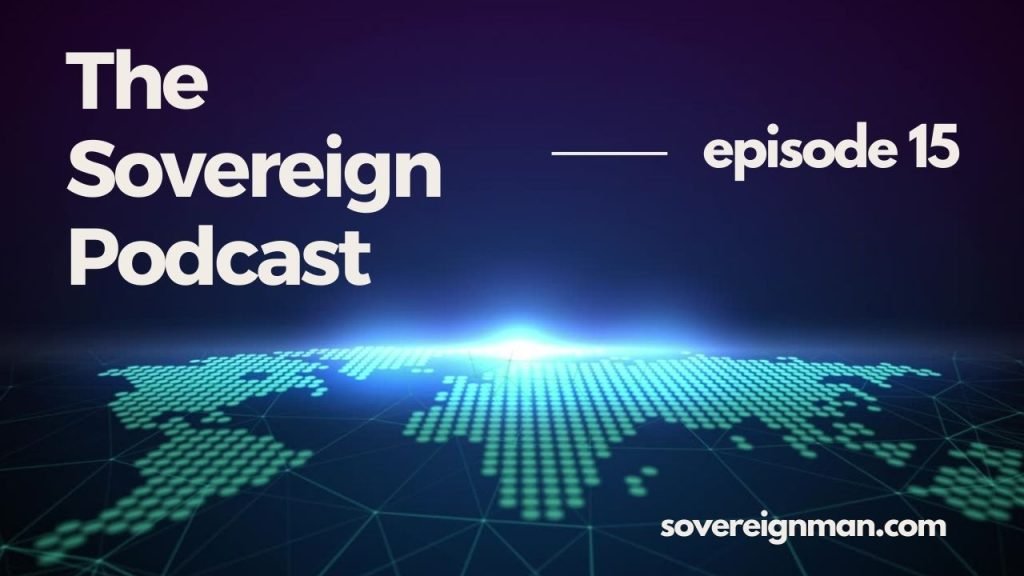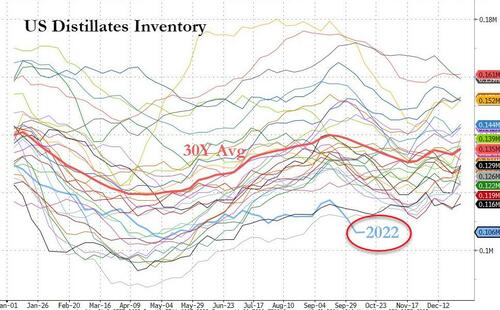 In my entire lifetime, global supplies of diesel fuel have never been tighter than they are right now. And that is really bad news, because the entire economy of the western world runs on diesel. If we suddenly had no more diesel fuel, virtually all of our trains, trucks and ships would stop running. Needless to say, just about everything that stocks our store shelves comes to us via trains, trucks and ships. So the fact that there is not enough diesel fuel to go around is a really big deal. Supplies have been declining for months, and at this point diesel inventories have fallen so low that we only have a 25 day buffer remaining…
In my entire lifetime, global supplies of diesel fuel have never been tighter than they are right now. And that is really bad news, because the entire economy of the western world runs on diesel. If we suddenly had no more diesel fuel, virtually all of our trains, trucks and ships would stop running. Needless to say, just about everything that stocks our store shelves comes to us via trains, trucks and ships. So the fact that there is not enough diesel fuel to go around is a really big deal. Supplies have been declining for months, and at this point diesel inventories have fallen so low that we only have a 25 day buffer remaining…
The U.S. is facing a diesel crunch just as demand is surging ahead of winter — with only 25 days of supply left, according to the Energy Information Administration.
National Economic Council Director Brian Deese told Bloomberg TV that diesel inventories are “unacceptably low” and “all options are on the table” to bolster supply and reduce prices.
Unfortunately, this is not just a problem here in the United States.
Globally, supplies of diesel fuel have fallen to the lowest level that we have seen since 1982…
“The demand for diesel tends to rise as you get close to the winter, because the molecule that makes up diesel is very similar to the molecule that you use for heating homes in the U.S., for winter fuels in Europe,” Tom Kloza, dean of U.S. oil analysts at Oil Price Information Service (OPIS), told Newsweek.
The issue is global, said Kloza, adding that diesel inventories around the world are the lowest as they’ve been since 1982, “and we’ve added about 3.4 billion people in that time.”
Read that last line again.
…click on the above link to read the rest…
















